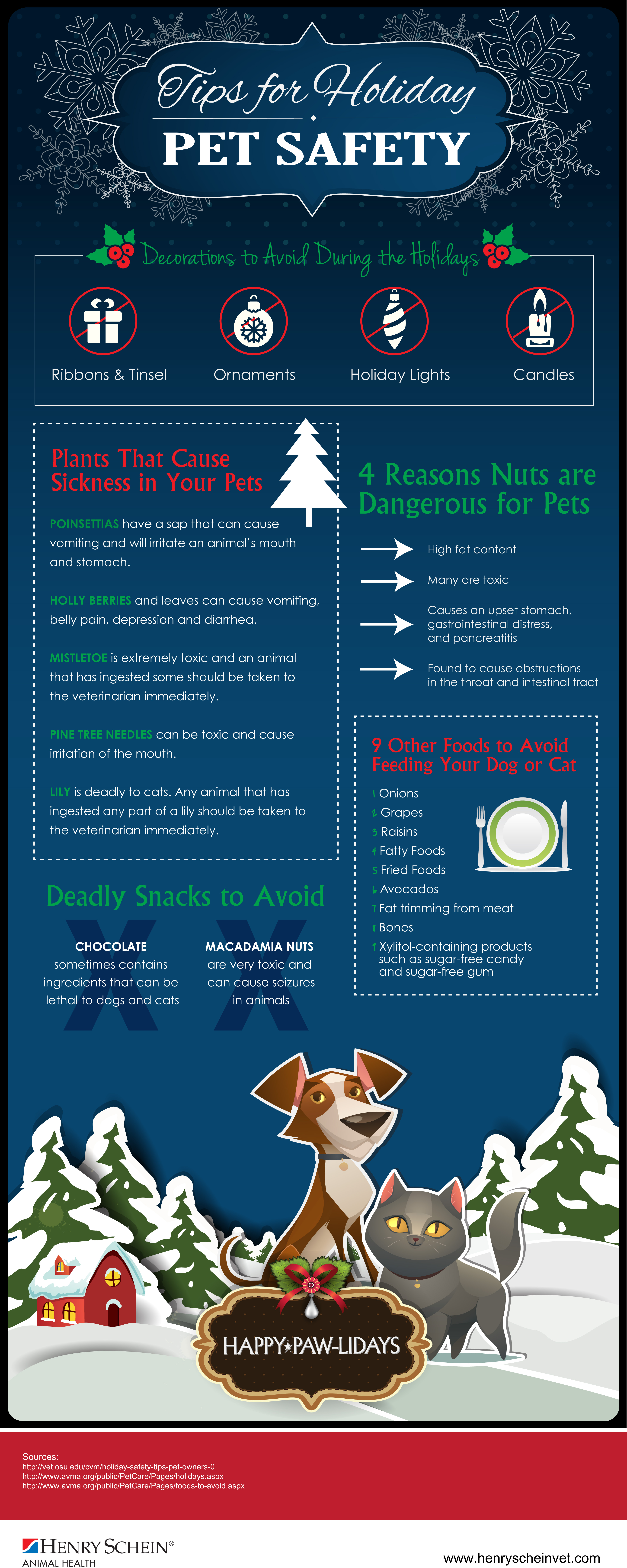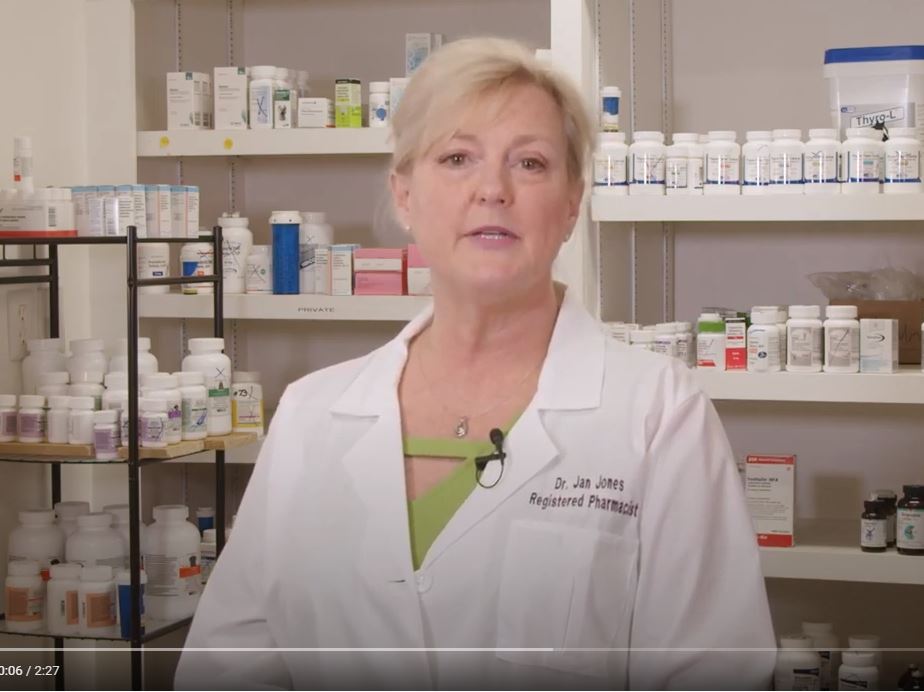Approximately 3.3 million dogs enter shelters each year. The vast majority of them are crossbred or mixed breed. Each year, approximately 670,000 dogs are euthanized. When you bring a mixed breed or mutt into your home you may well be saving a life.
So What Makes a Mutt a Mutt?
GENETICS:
The genetic makeup of a dog is determined by its parents, for instance:
- Purebred dogs have parents that are both of the same breed. For example, the father is pure poodle, and the mother is pure poodle.
- Crossbred dogs have parents that are purebred, but they are of different breeds. For example, if the father is pure Labrador, and the mother is pure poodle, the puppies will be a cross between the two, a Labrador/Poodle.
- Crossbred dogs can also have one parent that is purebred and the other that is crossbred. For example, if the father is a cross between a Labrador and Poodle and the mother is a purebred poodle, the puppies are still a cross of just two breeds, Labrador/poodle, and are still considered crossbred.
- Mixed breed dogs, or mutts, have more than 2 breeds in their genetic make-up, sometimes even more than 3 or 4! For example, if the father is a cross between a Labrador and poodle and the mother is a German shepherd, the puppies have more than two breeds in their makeup (Labrador/Poodle/German Shepherd) and are considered mixed breed
CHARACTERISTICS OF MUTTS:
Knowing for certain how a mixed breed pup will act as an adult can be difficult to determine while most purebred animals exhibit the personality and physical characteristics true to their breed, some of these dogs don’t. Even when the parents are known, it can be difficult to tell which genes and traits they will pass on to their offspring.
TEMPERAMENT AND BEHAVIOR:
The temperament and behavior of mutts tends to be less of an extreme than in a purebred animal. Out of preference to retain the qualities of the pure line, breeding purebred animals often produces puppies that have specific temperaments and behaviors. Certain traits define a dog’s breed, for example:
- Border collies are herding dogs, and they tend to be very focused and energetic.
- Certain hounds are hunting dogs that may have a strong prey drive, and chasing or digging instincts.
While a mutt may not be the best choice if the animal is wanted to perform a specific behavior that is often used to identify a breed, they tend to be more flexible when in settings and situations that requires them to adjust to change and to fit in with the lifestyles of their humans.
HOW CAN I DETERMINE A DOG’S BREED?
This is a question commonly asked by clients. There are a lot of possible breeds to choose from, and many have similar characteristics. Unless the parents are known, it is almost impossible to be absolutely certain of the breed combination of a mutt just by looking at the dog. However, there is a way to find out!
There are many companies that will test the DNA of a dog in order to determine why it looks and acts the way it does! The procedure only requires a few steps:
- Order a kit
- Once it arrives, using the kit’s cotton swabs, rub them on the inside of the animal’s cheek to capture the animal’s saliva, which contains its DNA
- Seal the swabs appropriately in kit materials
- Return the swabs to the company for testing
- Within a short period of time, the results will be returned and the lineage of the animal will be uncovered!
The procedure is quite simple, and the results can be very interesting! You can purchase several different brands of Pet DNA test kits. We offer the Embark DNA Test kit, it is the most accurate and comprehensive test. Click here to learn more about this test: https://vetapprovedrx.pharmacy/embark-the-most-accurate-and-comprehensive-dog-dna-test-kit.html
While genetics do play a part in what a dog will be like as it grows up, remember that the role you play in your pet’s life is just as important. Caring for your pet’s needs, training and providing it with attention will help any pet become a welcomed and wanted member of a family!
To your pet’s good health,
Dr. Barry
Sources:
https://www.aspca.org/animal-homelessness/shelter-intake-and-surrender/pet-statistics
http://www.petmd.com/dog/puppycenter/adoption/evr_dg_mixed_or_purebred_puppy_which_is_better
https://www.henryscheinvet.com/resource-center/blogs/animal-health/animal-health/2017/05/31/safety-tips-for-taking-a-pup-to-the-dog-park
https://henryscheinvet.com/resource-center/blogs/animal-health/animal-health/2017/05/22/talking-to-clients-about-adopting-a-senior-pet
https://www.henryscheinvet.com/resource-center/blogs/animal-health/animal-health/2017/05/10/points-to-consider-when-choosing-a-veterinarian








